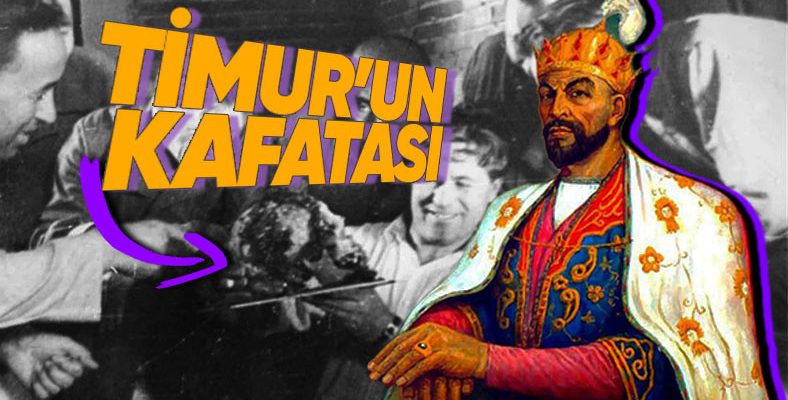By the order of Stalin, Soviet archaeologists opened the tomb of Emir Timur in Samarkand, creating an event that would make a lot of noise in the world. The delegation, headed by the anthropologist Gerasimov, entered Timur’s tomb on June 1, 1941. It was thought that this would give birth to the curse that people believed in.
Founder of the Timurid Empire in Samarkand Timur’s tomb The team entered the secret burial chamber and started the excavations. This burial chamber, in which his sons Şahruh and Miranşah were also included, also contained Timur’s curse, according to people’s belief.
According to a belief Opening of Timur’s tombIt would have brought about a disaster. As a matter of fact, what they were afraid of was coincidental, right after the tomb was opened, Germany declared war on the Soviets.
Turks have had great rulers throughout history. From Attila, who terrorized Europe, to Mete Han, who did not give mercy to China; From Alp Arslan, who opened the doors of Anatolia, to Fatih, who conquered Istanbul…
We can list many more of these names, including Emir Timur, one of the representatives of Central Asia. Timur’s mother, who was born in 1336 in the village of Haci Ilgar in the city of Kesh, Uzbekistan. The origin of Tekine Hatun, according to rumors, goes back to Genghis Khan. Again, according to another rumor, he had a blood clot in his hand when he was born, just like when Genghis Khan was born.
identified with Genghis Khan “born with a blood clot in his hand”; it meant that that person would become a warlike, warlike ruler. Jean-Paul Roux describes this story in his book called “Longer Timur”:“That blood clot was a symbol of God-given power in 1976. and the anklebone form, I stated that this power would be passed down from generation to generation.”
The best example of Timur’s military genius is the Indian Expedition. This expedition is mentioned in the book “Timur and His Law” translated by Mustafa Rahmi Balaban.
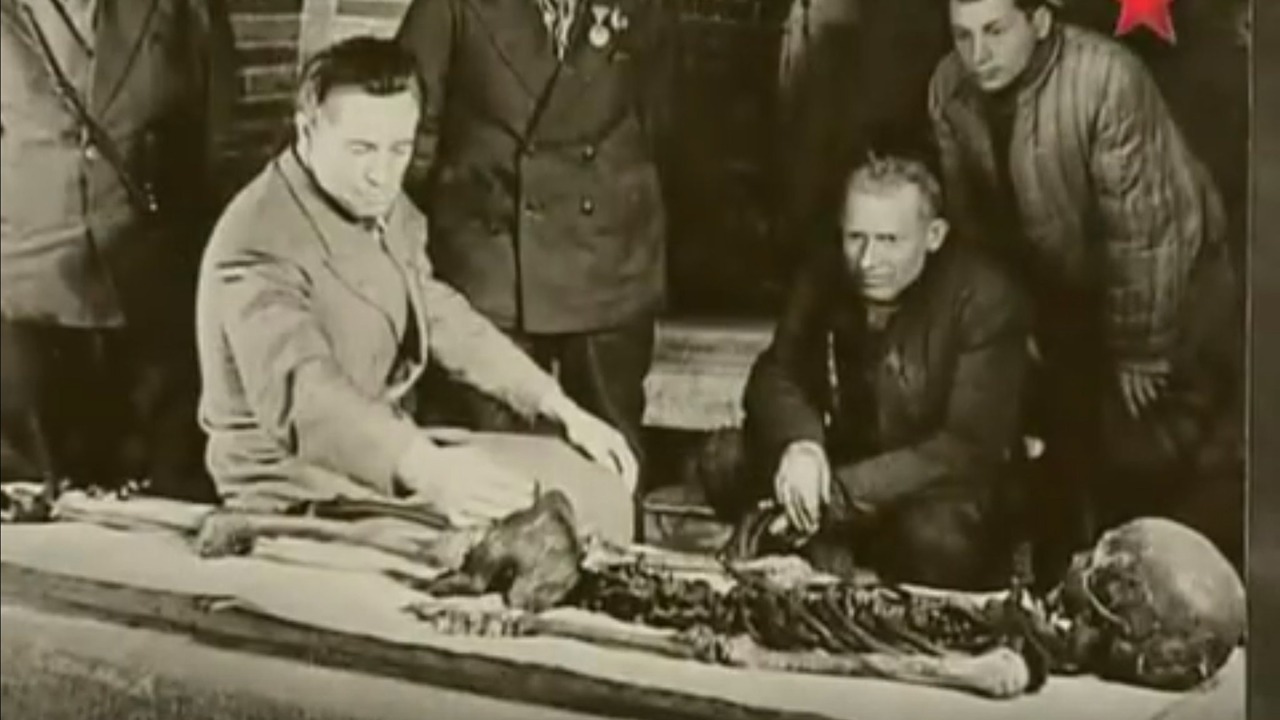
“Mahmur, the governor of Delhi, came to the defense with the Indian soldiers. There were many elephants in front of the Indian soldiers. The Tatars and their horses were startled and fled back. But the next day, Timur lined up many camels in front of his army. And he put dry wheat and rye stalks on their raisins and set them on fire. When the elephants saw this fire, they fled back in fright. Then the Tatars (Timur’s army) They defeated the Indians by attack.”
Timur, who made his name known to the whole world by organizing many expeditions in history, At the age of 71, he fell ill in Otrar during his campaign against China and died on January 19, 1405.. His grave was buried in Samarkand.
The Soviet Union, which took initiatives to strengthen the people’s ties with the regime, also had Timur’s tomb restored in Samarkand.
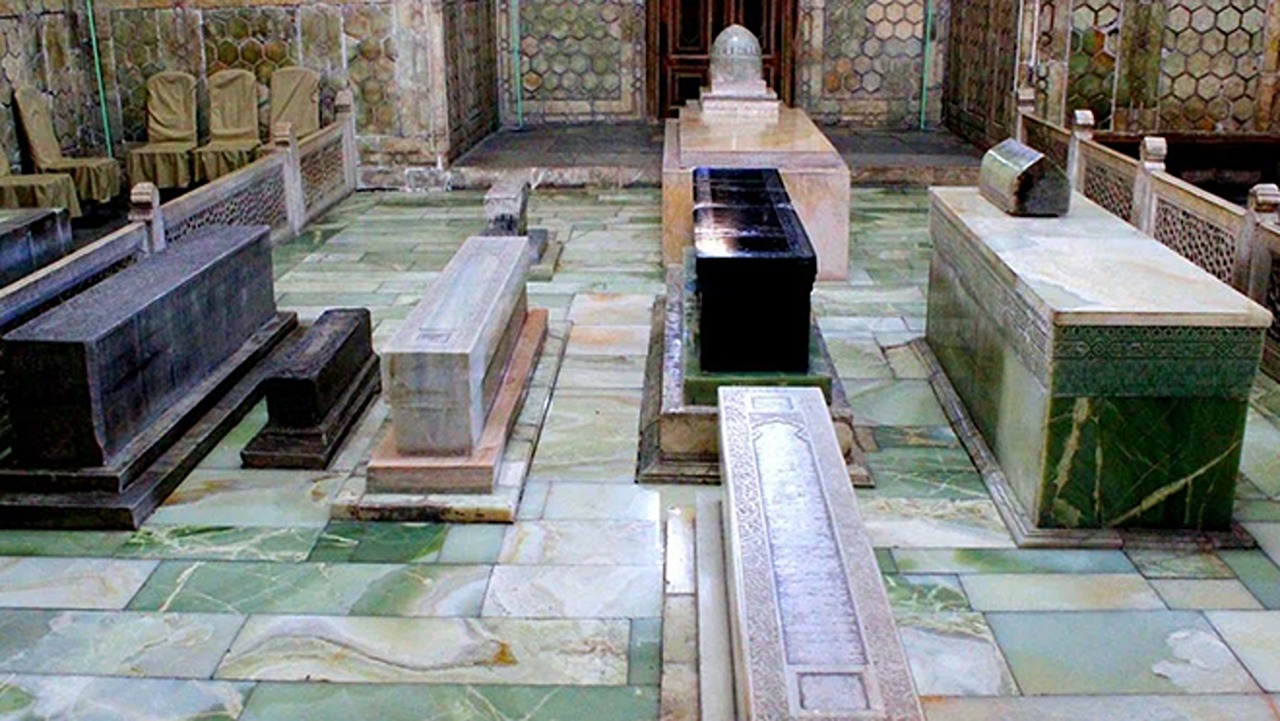
In June 1941, researchers, out of intense curiosity, attempted to open Timur’s tomb. This situation brought to the surface many wonders and fears. According to popular belief, the opening of Timur’s tomb would bring disaster.
This legend is carved in both inscriptions. The first inscription is written on the tombstone and says, “The world will tremble when I rise from the dead” writer. The second is in the tomb and “He who disturbs my tomb will unleash an invader more terrible than I.” is written.
However, the work started under the supervision of Usman Yusupov, the Uzbekistan secretary of the Communist Party, who acted with the idea that these were just a myth.
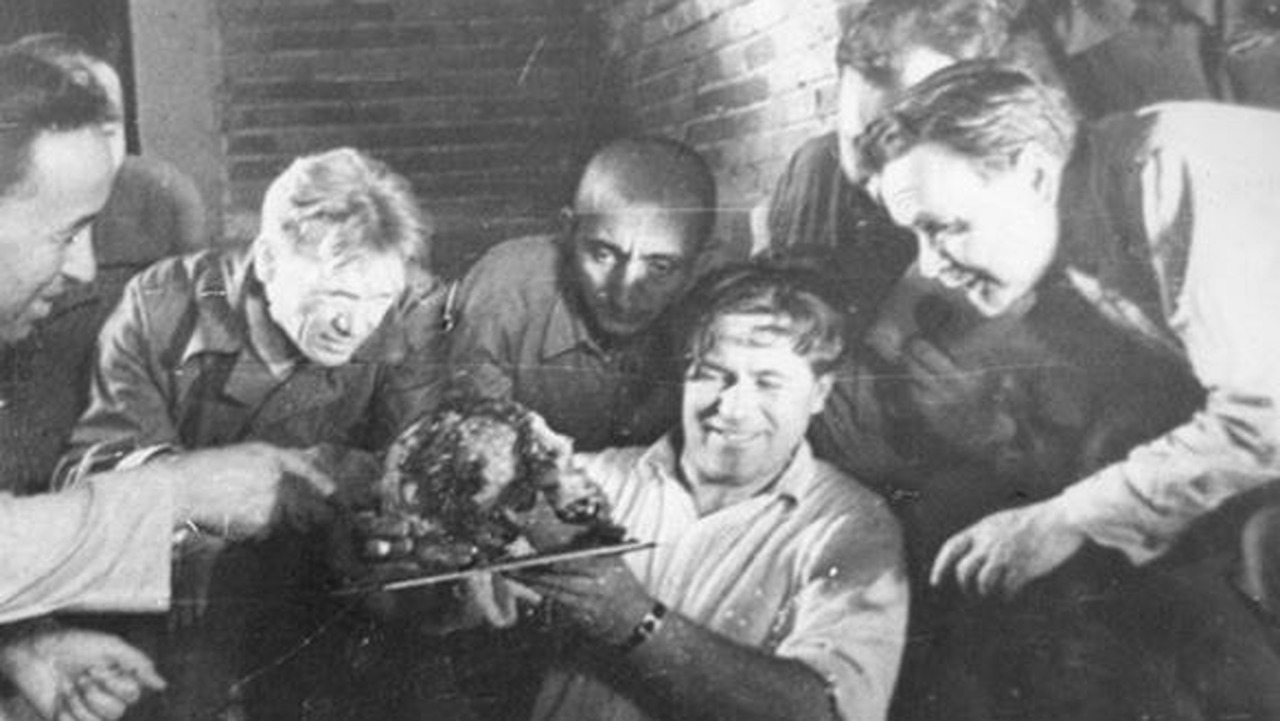
A total of 5 graves were examined during the excavations, these are; They were the tombs of Emir Timur, his sons Şahruh and Miranşah, and his grandchildren Uluğbey and Muhammet Sultan. First, Şahruh’s tomb was opened, and then Uluğbey’s tomb was opened. The bones of Emir Timur were found on 19-21 June.
Looking at the excavation reports, on Timur’s tomb There was a cloth embroidered with verses with silver threads. It is said that when the coffin was opened, a strong odor was encountered. Skin remains in mummified form were found on the skeleton. The face of the body was facing the qibla in accordance with Islamic rules.
According to the report, the skeleton belonged to a person who was 1.70 meters tall, in good shape, with scars on certain parts of the body, and the bones of his right leg were thinner and shorter than the other.
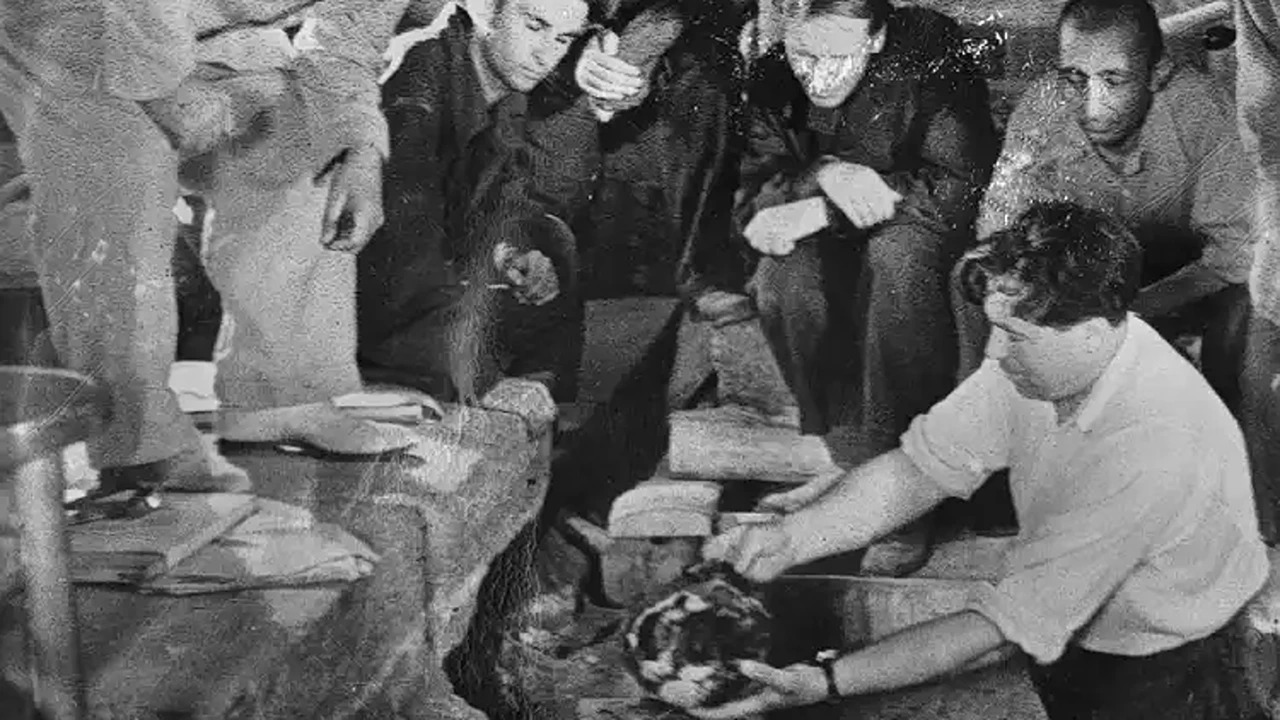
Additionally It has been determined that Timur had a typical Mongolian facial features, red hair, a mustache hanging down both sides of his lips and a wedge-shaped beard. According to Malik Kayumov, who photographed the excavation, this incident disturbed the Uzbeks; He even said that they had warned the excavation team. And just one day after the tomb was opened, II. The eastern front of World War II had broken out, and on June 22, German tanks had crossed the Soviet border. Although the reason for the war is attributed to the opening of the grave, this is actually a pure coincidence.
The directive on the excavation itself It is allegedly signed by Joseph Stalin. There were even rumors that he was ready for situations that would change the course of the war. For those who want to watch, the images of the tomb are below:
In the name of Timur after the tomb was opened A funeral was held again on 19-20 November 1942. It is a surprising coincidence that the most important battles took place in Stalingrad that day; Soviet troops launched a counterattack that changed the course of the war. This great leader, who left his mark on his period and still makes a name for himself, seems to be the subject of many more studies due to the Ankara War he waged with Yıldırım Beyazıt.
RELATED NEWS
Your horizons will widen when you learn why the Ottoman sultans often “posed sideways”
RELATED NEWS
The Tragic Story of World Wrestler Kara Ahmet Buried Alive in the Ottoman Empire
RELATED NEWS
